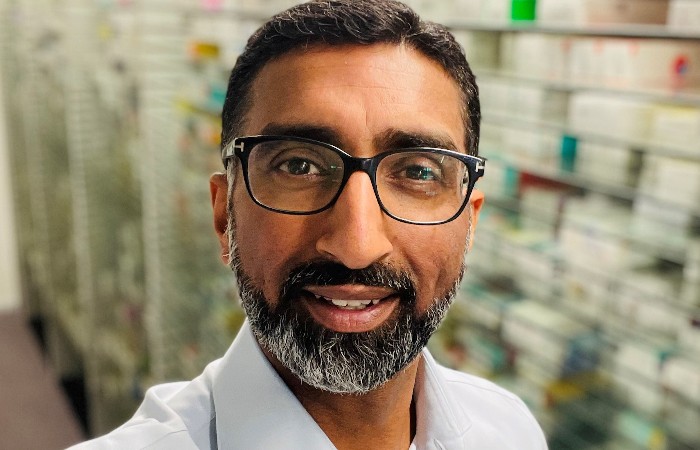We need to speak the same language
In Views
Follow this topic
Bookmark
Record learning outcomes
Medicine adherence is complicated by many factors, but patients have not been helped by the inclusive pharmacy practice workstream, says Mohammed Hussain…
Times are always challenging in the NHS and medicines are always a focus for budgetary pressure. After all, medicines are often the second biggest cost after staff in health care.
We’re currently seeing a mass switch of patients from apixaban to edoxaban. There are also changes to inhalers, along with other switches which are designed to reduce medicines costs. An entire industry has been spawned to identify and make these switches.
Unfortunately, for all its good intentions this industry behaves in perverse ways, with local medicine management teams trying to ‘save’ money on prescribing budgets but failing to acknowledge there are national policies and mechanisms that adjust pharmacy medicines margins.
Together with the global sum, there is a limit to the overall costs that can be recharged to the NHS in primary care. More frustratingly, when many of these changes are made, the patient is not at the centre of the process.
Often no discussion is held with patients, and they are as surprised by the change as the local pharmacy, leading to both parties trying to work out what has happened. The local pharmacy is left trying to explain why the change has been made, doing the work of the local medicines management team.
It often feels like different groups are speaking different languages: one is all about potential savings and the other is about patient care. Unfortunately they don’t speak to one another often enough.
The most expensive medicine is the medicine that is not taken, or the medicine not taken correctly. Medicine adherence is complicated by many factors which impact on how patients take their medicines, including knowing the reason for the medicines, having concerns addressed and understanding the written instructions on labels.
The latter is a major issue for those people for whom English is not their first language, of whom there are more than four million in the UK. Studies have shown that medicines adherence in these communities is significantly worse than in the white population, with non-adherence rates as high as 70 per cent.
Currently individuals try to overcome language barriers using friends or family to interpret for them, approaching bilingual staff, or even attempting to use non-accredited tools such as Google Translate. This has been shown to be notoriously inaccurate for medical translations and should not be used.
Researchers from NHS HEE and the University of Portsmouth have identified that when patients have their labels translated into their preferred language, this has increased patient safety, adherence, communication and independence - all variables that are critical to good patient care.
It’s proving difficult enough to get health care leaders to ensure that patients are contacted about changes to their medicines, never mind expecting them to do so in the most appropriate language or supporting and enabling the use of bilingual tools to label medicines.
These tools are available and are being used in some areas, but they have found it very difficult to gained little traction amongst the pharmacy community. I have heard colleagues at otherwise forward-thinking NHS organisations with large ethnic minority populations claim that they see no value in bilingual labels, or that they cannot read the second language and cannot verify the translation, so they do not use these tools.
The first point is easily addressed: there is a lot of data on the value and benefit of bilingual dosage instructions, indeed in some US states it is the legal requirement to use bilingual labels.
The second objection is far more insidious in my opinion. It can be condensed down to ‘as long as I can understand the instructions, I am happy to issue medicines with a label that I know the patient cannot understand’.
This doesn’t even equate to using bilingual staff or family to translate. This is not good patient care. It’s also contrary to the GPhC’s standards of providing person-centred care and communicating effectively.
Recently, I gave a talk for NHS England on inclusion and the bilingual tools currently used by London North West NHS Healthcare Trust that are making a real difference to patient care. They have been applauded by the Health Secretary as leading the way in patient safety.
Yet still we have almost the entirety of the NHS, along with pharmacy organisations, failing to use these tools. Recently I saw a tweet from the new chair of the GPhC highlighting the importance of this initiative for patient care.
We need to see much greater effort by pharmacy leaders in the NHS and beyond. The inclusive pharmacy practice workstream has been much heralded but it appears to have got bogged down on workforce issues. It has it championed these initiatives on bilingual labels as important for patient care.
Once we have the right tools to inform patients, we will then still need the will from pharmacy leaders to ensure that we communicate with all patients when we make changes to their medicines.
Speaking the same language is only the beginning for effective communication.
Mohammed Hussain is an independent contractor and non-executive director of Bradford Teaching Hospitals Foundation Trust.

